No remote team can do without an online calendar. It’s a great tool that has applications that span beyond scheduling meetings and sending invites. Online calendars remind us about upcoming events, they eliminate all kinds of overlaps and on top of that, they help teams stay informed about one another’s schedules. And so, in January 2021, Microsoft Teams introduced its latest calendar app – Channel Calendar. It’s certainly not the most creative name but it’s definitely an exciting feature. Given that it’s new, the app still has some limitations but it’s worth giving it a whirl.
In this article, we will share with you all the ins and outs of Microsoft Teams Channel Calendar.
What Channel Calendar can and can’t do
The Channel Calendar is a shared platform that brings together and organizes all meetings of your channel. The purpose of this app is that team meetings are not scattered in chats and announcements but instead, they are compiled in a calendar format making it easier to access and view.
Through the Channel Calendar app you can:
– Organize all meetings and events in a calendar format in a single place.
– Create new events such as meetings, calls, and deadlines.
– Gain access to the overall schedule of the whole channel.
– View details of events, including the location, attendees, and any attachments
– Use the Scheduling Assistant, which will help navigate the schedules of all attendees.
And here are some things that you can’t do with the Channel Calendar app:
– The app is not related to the Microsoft 365 Group calendar, so you can’t do any integrations.
– The Channel Calendar has limited customization options, such as the ability to change the color or style of events.
– You can’t create team-wide meetings via the Channel Calendar app.
– It works for channels only and there isn’t a central calendar that reflects all meetings across all channels.
You can’t have a Channel Calendar in private channels. The reason for this is that you can’t schedule a meeting in a private channel and since the Channel Calendar app is designed to show these meetings, there is no point in having it in private channels.
Guests who don’t have an Exchange online account can access the Channel Calendar.
For the most part, the Channel Calendar app is a means of organizing the meetings scheduled via the channel.
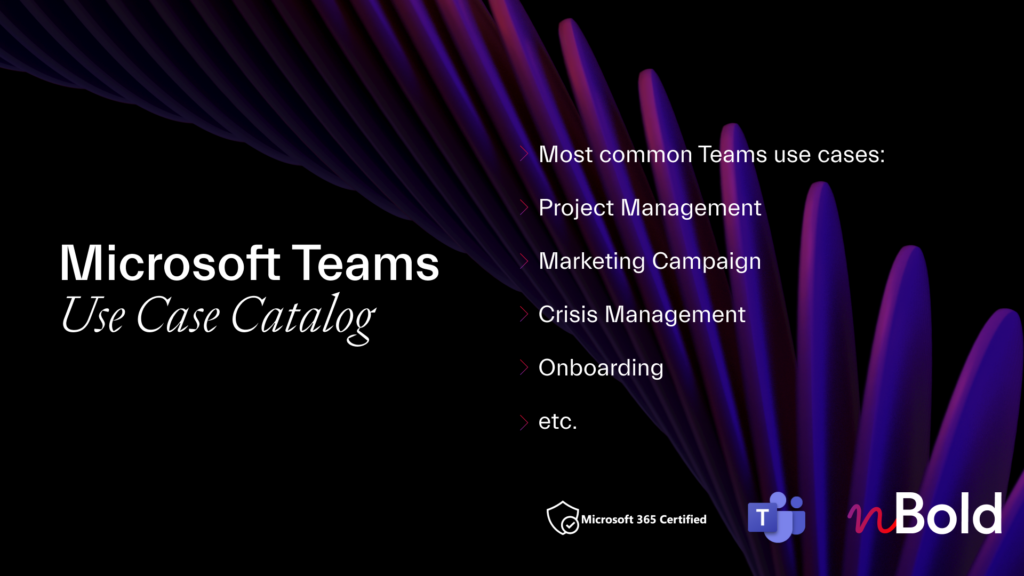
Catalog of Microsoft Teams Use Cases
Discover the most common Microsoft Teams scenarios and use cases! Project Management, Marketing Campaigns, Sales Deal Room, and much more.
How to use the Microsoft Teams Channel Calendar app?
So, where can you find this new app? Let’s go over the steps of adding the Channel Calendar app to your tabs.
Go to the channel where you want to add the app. Click on the + icon on the tab section and search Channel Calendar and it should pop up as the first result. Select it and click Add.
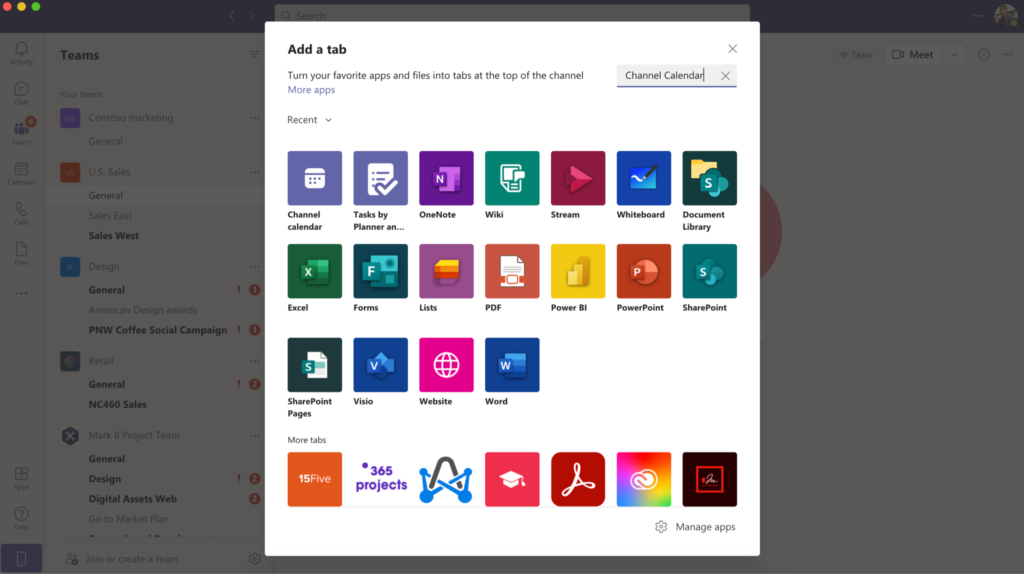
For the next step, you can either leave the name as it is – Channel calendar – or rename it to whatever you want. When you’re done, click Add and you’re all set.
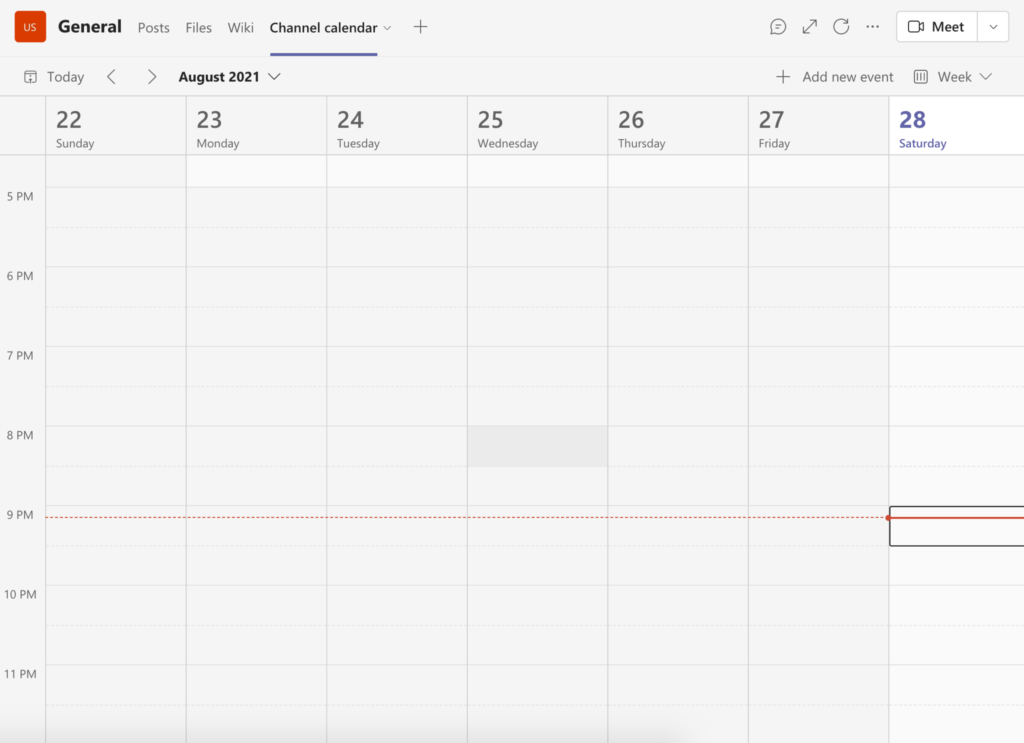
Using the calendar itself is quite easy. You can add an event either by clicking the Add new event button on the top right corner or by selecting the time slot on the calendar. For the meeting details, you can add an event title, invite guests, and write a description. It also allows you to organize meetings through Scheduling Assistant. It is particularly useful for meetings with multiple attendees. The tool helps find a time when all invited members are available.
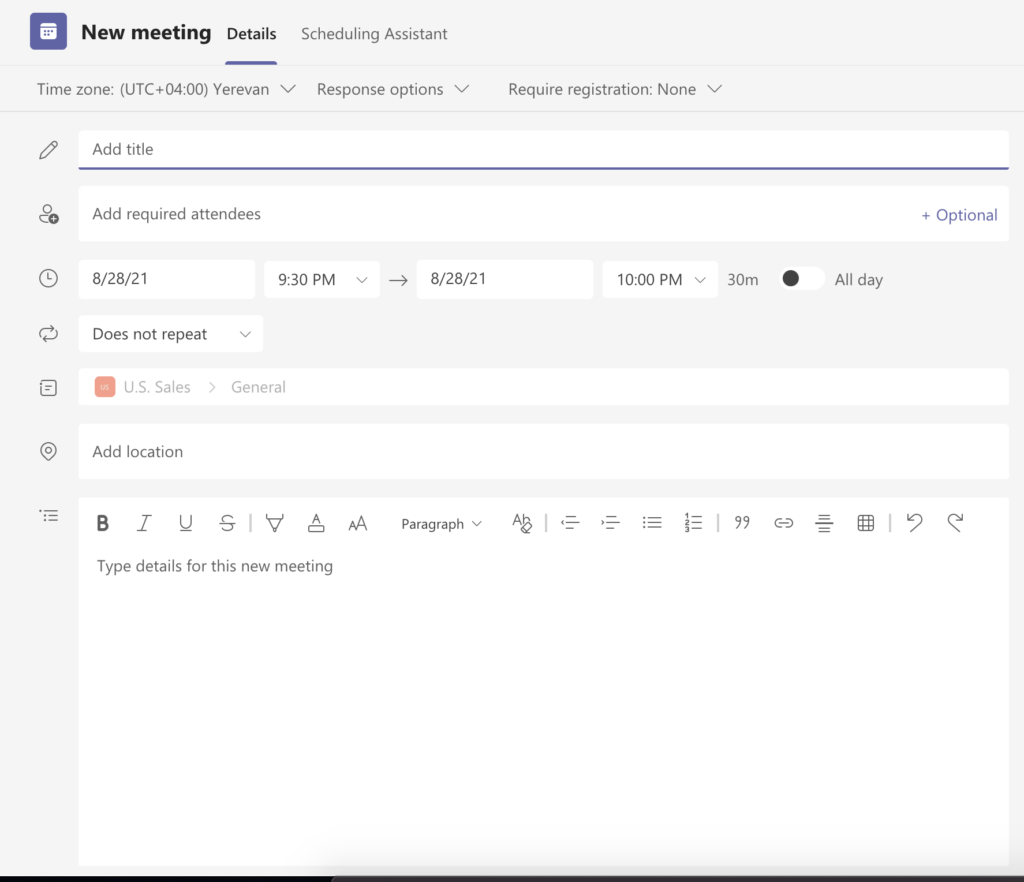
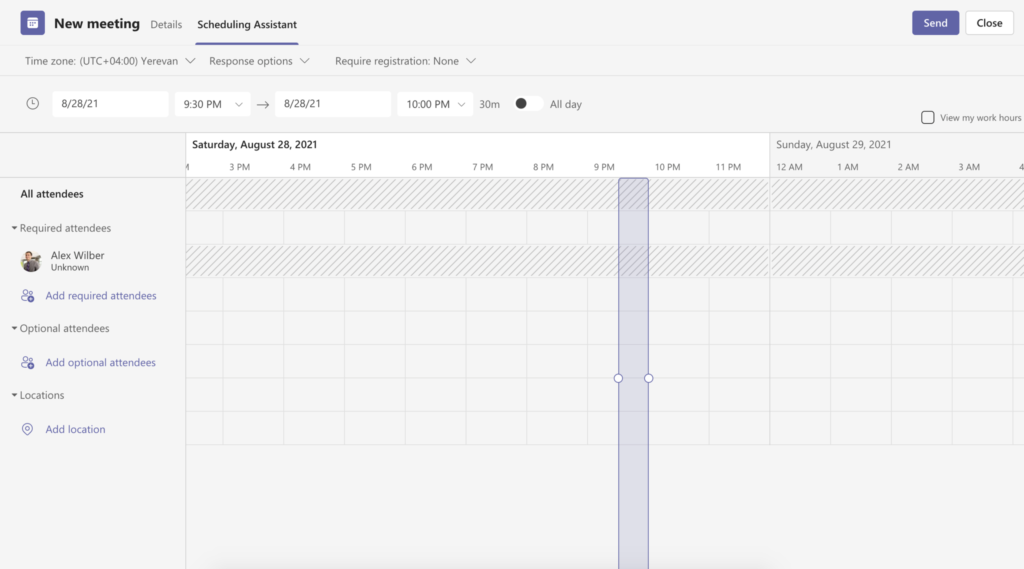
All scheduled meetings by default will ask for a response from the attendees and will allow them to forward the invite to the others. If you’re setting up more of an “FYI” event like “out of office,” and want your manager to know, you can invite them but disable the Request responses feature.
How can you integrate Microsoft Teams Channel Calendar into your work?
There is no color coding or any other differentiation mechanism in the Channel Calendar app, so if you’re not using it wisely, you may see multiple events scheduled for the same time slot. As a result, instead of having an organized space to see all upcoming and ongoing meetings, you’ll see a mess. Therefore, it’s important to use the channel calendar strategically.
You can have a Calendar per channel that will show all the events scheduled there. Say, you have a company-wide team and channels represent different teams that form this company. Having a Calendar in each channel will allow it’s members to stay up to date on every team meeting.
Whenever a meeting is scheduled, Teams posts a notice in the channel.

This way, you will always stay up in the loop on all the team meetings.
To help you, we’ve identified a few use cases when creating separate calendars will benefit you:
For holidays, and days off
Create a separate calendar for public holidays. This way, the entire team will be informed when they are off. This is especially topical for global teams who might not know all the holidays in the country their company works in.
Client and/or partner meetings
If the channel is for a sales team or a similar department then you may want to have a dedicated client and/or partner meeting calendar that reflects only such meetings.
Event planning
Teams can use the Channel Calendar to plan and coordinate activities, such as company-wide events, trade shows, and client events.
Employee training
You may also want to use the Channel Calendar to plan and coordinate employee training sessions.
Travel and business trips
Plan and manage business trips and travel schedules for team members, ensuring everyone is aware of each other’s whereabouts.
In-house meetings
And lastly, you can have a shared calendar where the channel members can schedule all kinds of in-house meetings – from stand-ups to quick update meetings.
Final thoughts on the Microsoft Teams Channel Calendar app
Compared to other calendars, Microsoft Teams Calendar app offers a bit less. However, if you give it a chance, you will see how much easier collaboration becomes. For one, you will be able to see all meetings in one place within Microsoft Teams instead of going to another third-party calendar app.
You may want to create dedicated calendars for the different kinds of meetings and events that are relevant to your work. And to reduce the manual work of creating these calendars for all your channels, you can use nBold. With Collaboration templates in Microsoft Teams by nBold, you can create a template where the Channel Calendar app is a tab and all the channels of the teams created from this template will already have that tab. It’s an easy way of integrating Microsoft Teams Channel Calendar app into your work and tracking the team’s meeting activities from there.
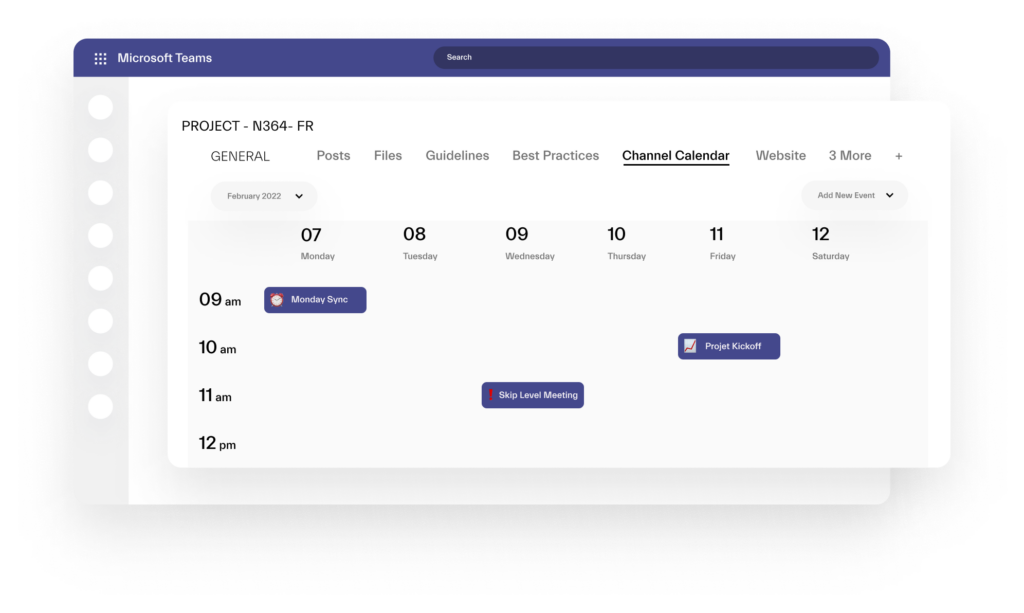
If as a manager you want to make sure your team has a full view of everyone’s schedule, then Channel Calendar is probably a must. It will help you have an overview of all upcoming and ongoing events, create new ones and invite colleagues to each event. Test it for one channel and if all goes well, introduce it to the rest of the teams using Collaboration Templates.
